Minnesota HOA boards juggle winter operations, vendor oversight, and budget expectations—often all at once. This practical playbook gives you a simple communication cadence, a Minnesota-ready budget framework, and meeting practices that reduce friction and build trust.
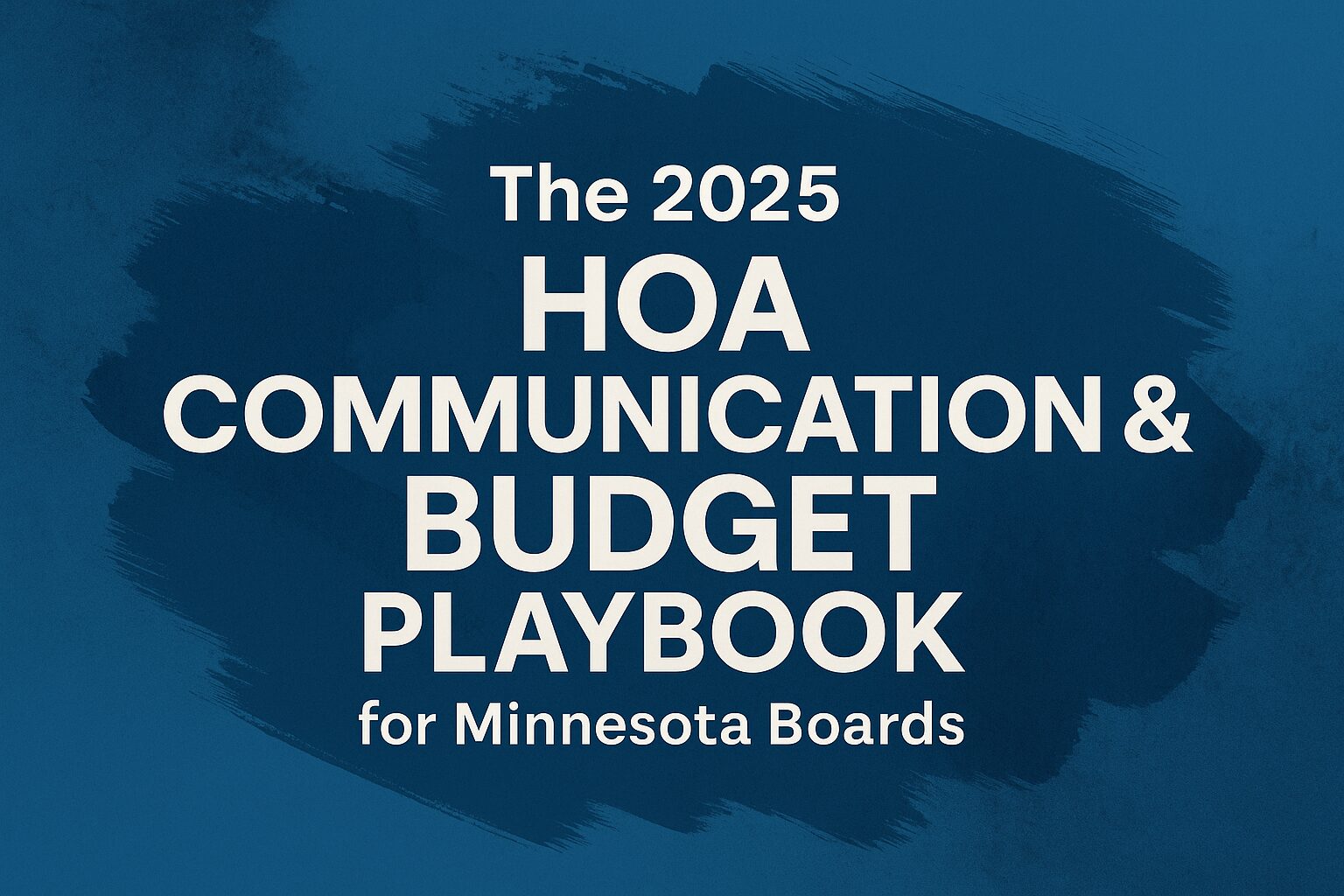
Request an HOA Proposal
Serving Albertville, Big Lake, Buffalo, Maple Grove, Monticello, St. Michael, and nearby Minnesota communities.
Why a Communication Plan Outperforms Ad-Hoc Updates
Clear, consistent communication is the difference between a quiet inbox and a comment storm. Establishing a simple plan sets expectations, reduces repeated questions, and steadily builds trust with owners.
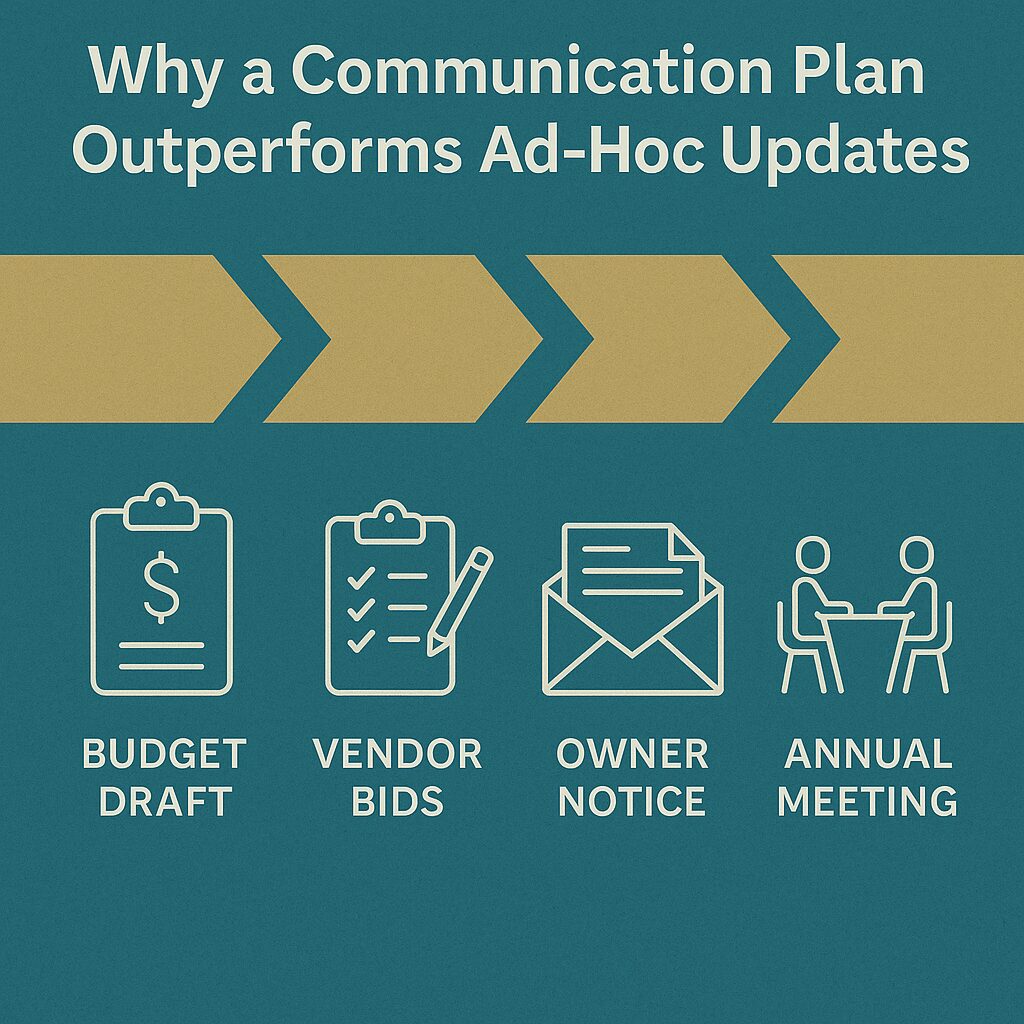
Cadence
Publish a monthly note and a short quarterly recap. Use consistent subject lines so owners recognize official messages.
Channels
Combine email, portal posts, and lobby/notice boards. Always link back to one official source of truth for documents and dates.
Clarity
Favor short paragraphs, bullets, and a clear “What’s next.” Include photos for major projects so progress is visible, not just reported.
A Minnesota-Ready HOA Budget Framework
Budget season here means planning for freeze–thaw cycles, roof and asphalt wear, irrigation winterization, and snow operations. The framework below helps owners understand trade-offs—and support your decisions.
Budget checklist
- Refresh reserve study assumptions and align to 10-year capital priorities.
- Bid key vendors early (roofing, asphalt, tree, irrigation blowout, snow).
- Model dues impact with three clear, comparable scenarios.
- Publish a one-page owner explainer with FAQs and the decision timeline.
- Capture photos and completion logs for vendor accountability.
Keeping Annual Meetings Calm and Productive
Meetings run smoothly when everyone knows the agenda, the decisions required, and how to be heard. Adopt this flow and announce it upfront:
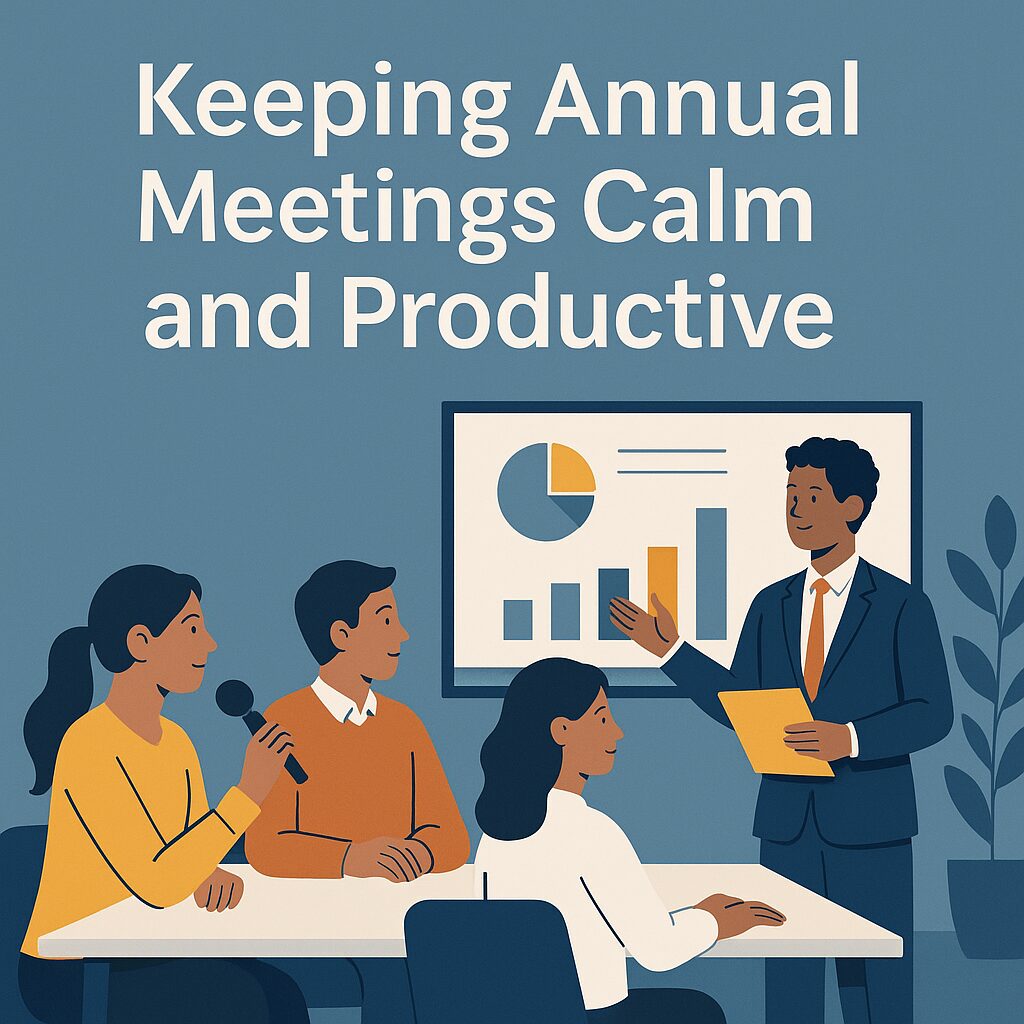
- Open with a one-minute “What we’ll cover” overview and time boxes.
- Present the budget with three scenarios and one recommendation.
- Share vendor performance highlights and photo-verified completions.
- Hold open Q&A; use a visible “parking lot” for off-topic items.
- Close with motions, assignments, and next communication date.
From a Minnesota Board Member
“Our annual townhouse meeting can be unpredictable. Bullseye guided it with calm, focus, and genuine care. They listened, captured every concern, and kept us on track. Professional, steady, respectful, responsive, and kind.”
— Board Member, WOTL
Copy-and-Use Resident Message Templates
Paste these into your email platform and personalize the bracketed fields.
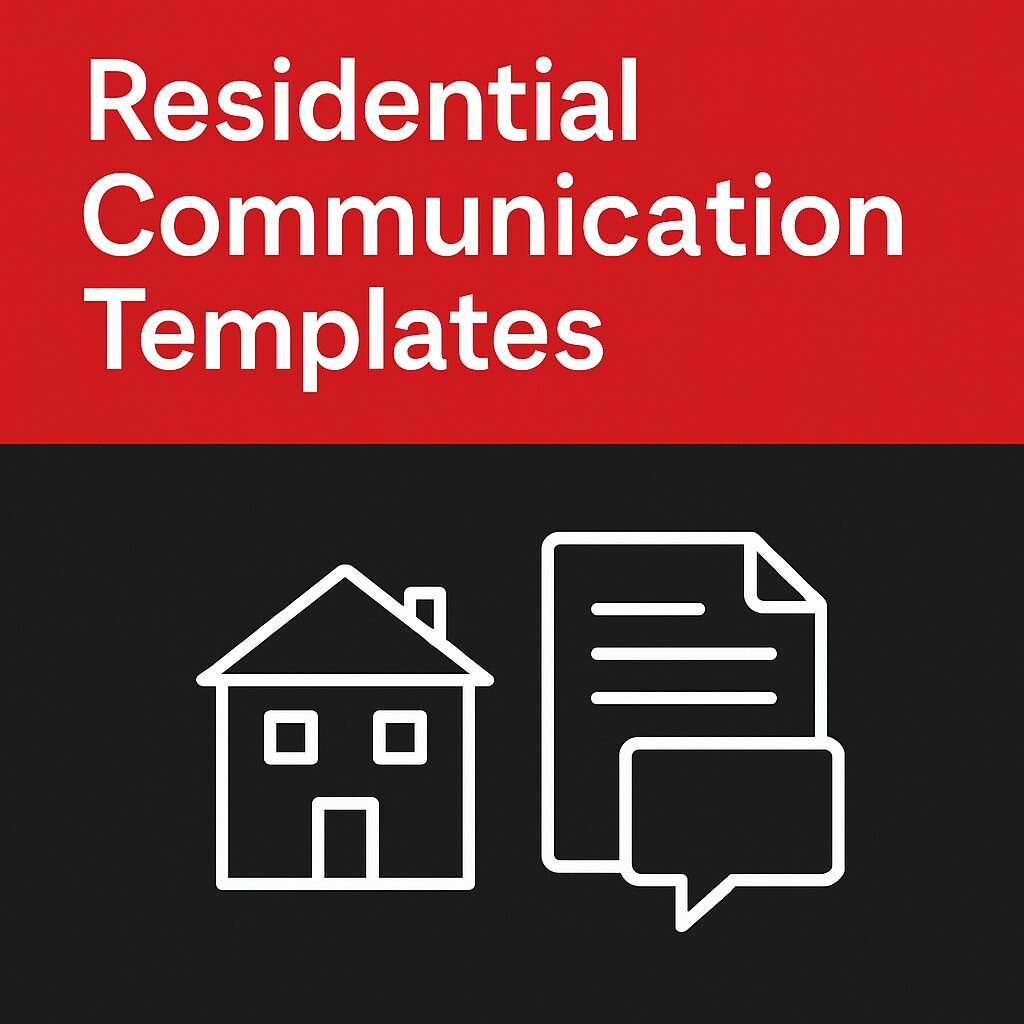
Budget Notice (Short)
Subject: Budget Update and Q&A Date
Hello neighbors—our board is finalizing the 2026 budget with a focus on roofs, asphalt, and winter readiness. A brief summary and the Q&A date are posted in the portal. Thanks for helping us keep the community well-maintained and predictable.
Project Start Notice
Subject: Upcoming Work and What to Expect
Hi everyone—vendors will be onsite for [project] between [dates]. Work hours are [hours]. Please keep vehicles clear of marked areas. We’ll share photo updates and completion notes in the portal.
Annual Meeting Reminder
Subject: Annual Meeting and Agenda
We look forward to seeing you on [date/time] at [location or link]. Agenda includes the budget vote, vendor performance, and Q&A. A summary will be posted afterward for those who cannot attend.
Next Steps for Your Board
Get a free Board Packet Audit from Bullseye Property Management & Realty—a fast, no-obligation way to fine-tune your HOA’s budget and communication cadence.
HOA Budget & Communication FAQs
When should Minnesota HOAs publish the first budget draft?
Aim for late summer to early fall so owners have time to review and ask questions. Include an explainer and announce a Q&A date in the same notice.
What vendor documentation reduces disputes?
Use photo and time-stamped completion logs and link them in the monthly manager report. Consistency prevents re-litigating closed work.
How long should an annual meeting run?
Target 60–75 minutes. Time-box sections and keep a “parking lot” for out-of-scope topics, with a written follow-up after the meeting.
What if owners disagree with dues changes?
Show three scenarios in plain language with line-item examples. Tie each one to reserve health and risk trade-offs so owners see the “why,” not just the “what.”
Learn more about HOA Management in Minnesota or
contact Bullseye Property Management & Realty for expert board support.
 From the President’s Desk – Late Summer & Early Fall Prep
From the President’s Desk – Late Summer & Early Fall Prep
Leave a Reply